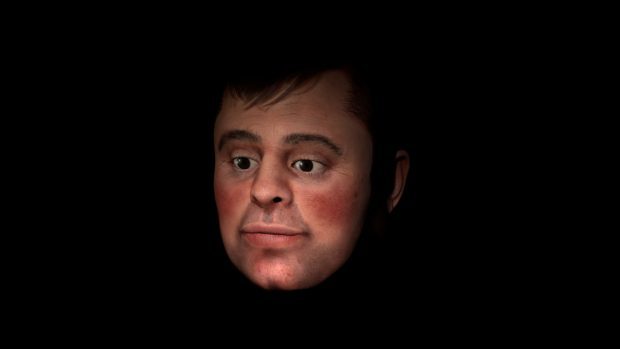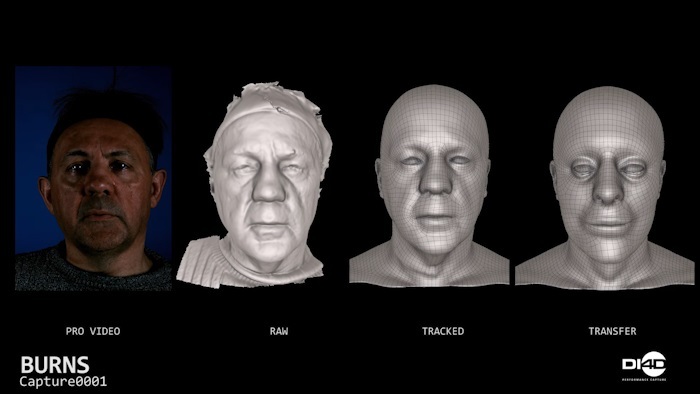Groundbreaking footage of Scotland’s bard reciting one of his own poems has gone on display.
Through collaboration between Liverpool JM and Dundee Universities and the Scots poet Rab Wilson, Burn’s animated likeness will deliver To A Mouse at an unveiling in the Scottish National Portrait Gallery on Thursday afternoon.
Animators at the Face Lab, with the help of Dundee University’s facial motion capture system, used Burns’ most well-known portrait before adding it to a motion capture Rab Wilson speaking the famous ode to a rodent.
Rab’s face was recorded as it moved in speech using state-of-the-art technology, before being added to the 3D model of Burns, based on Alexander Naysmith’s drawing which hangs in the gallery in Edinburgh.
Viewers will be able to see for the first time a short animation of Robert Burns – voted the nation’s greatest Scot – performing his poem, regarded by literary experts and fans as one of his best.
Director of LJMU Face Lab, Professor Caroline Wilkinson, said: “This real-life animation of Robert Burns has brought the poetry of the Scots Bard back to life for generations to come.
“It will help to promote Scottish culture and to visualise his charismatic and creative personality.
“To see Burns reciting his own poetry was a remarkable moment.
“Face Lab’s facial animation research is important as there is potential to apply facial animation techniques to animate faces of people from the past produced via facial reconstruction from human remains.
“In the future you may be able to interact with people from history digitally, listen to them speak, recite literature or guide you around a museum exhibit as a virtual avatar.
“There is potential to animate other high profile historical facial depictions including William Shakespeare, St Nicholas, King Richard III or Robert the Bruce.”
Dimensional Imaging (DI4D) of Glasgow were also involved in the process.







